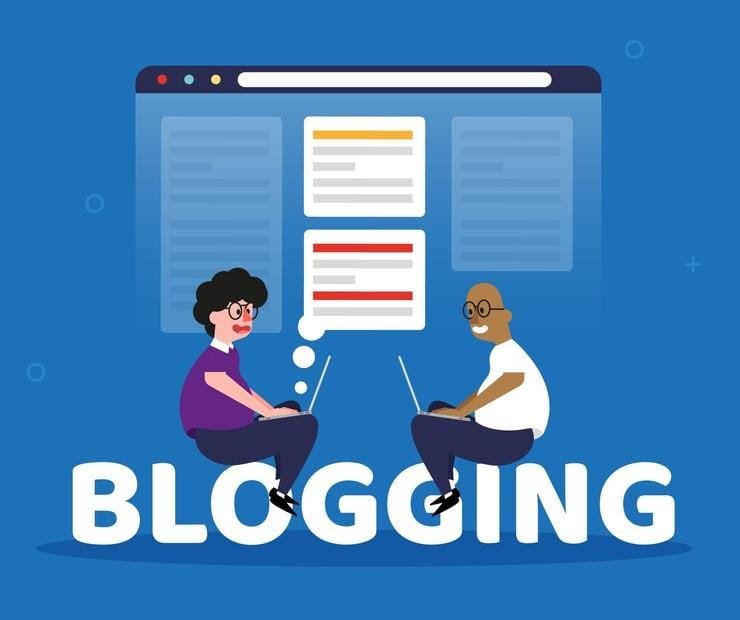If you think backlinks are just about tossing your link around the internet and hoping for SEO magic, we need to talk. Because not all backlinks are created equal. Some are like golden referrals from trusted friends, while others are shady strangers that could damage your online rep. Welcome to the wild, wild west of backlinks.
Today, we’re slicing through the jargon and getting real about the types of backlinks that actually matter in 2024. Whether you’re an SEO rookie or a digital marketing ninja, this guide will help you understand the backlinks that build authority, drive traffic, and make Google love you just a little more.
1. Editorial Backlinks (A.K.A. SEO Royalty)
These are the crème de la crème. An editorial backlink is when a website naturally includes your link within quality content. Think: a blog post referencing your insights, a news article quoting your data, or a listicle giving your tool a shout-out.
Why it works: It screams credibility. Google sees it as a big vote of confidence.
Where to get it: Create ridiculously good content. Share case studies, data-backed insights, tools, or unique perspectives.

2. Guest Post Backlinks
You write a killer article for another website, and in return, you include a link back to your own. Everyone wins.
Why it works: If done on a reputable site, it’s a white-hat method to build authority and reach new readers.
Where to get it: Pitch valuable ideas to blogs in your niche. Avoid spammy link farms or low-quality blogs.

3. Business Profile Backlinks
Whenever you create a digital footprint — like on LinkedIn, Crunchbase, or Google Business Profile — you get a chance to add your link. That’s a business profile backlink.
Why it works: It’s foundational. These links help verify your business online.
Where to get it: Any credible directory, business listing, or social profile. Just make sure it’s legit.

4. Backlinks from Forums & Communities (Tread Carefully)
You drop your link in a discussion on Reddit, Quora, or niche communities. Could be genius. Could be spam.
Why it works: If it’s contextual and adds value, it can drive traffic and some SEO juice.
Where to get it: Be an active, helpful member of the community. Don’t just post and ghost.

5. Niche Directory Backlinks
Directories are still a thing. Especially industry-specific ones.
Why it works: Helps build relevance within your niche and adds to your link profile.
Where to get it: Search for “[niche] directories” and pick the ones with real traffic and SEO value.

6. Social Media Backlinks (Brand Power Boost)
Social media links are technically “nofollow,” but they still matter.
Why it works: It’s brand visibility. It sends social signals to Google and builds trust with your audience.
Where to get it: Instagram bio, YouTube description, Pinterest pins, LinkedIn posts — everywhere.

7. Press Release Backlinks
A well-placed press release can get picked up by major publications.
Why it works: You get exposure and backlinks from news outlets. Just don’t overdo it.
Where to get it: Use platforms like PR Newswire or partner with PR agencies.

8. Sponsored Backlinks (The Paid Route)
These are links you pay for, either through influencer blogs, affiliate articles, or sponsorships.
Why it works: Can be powerful if transparent. But Google requires these to be tagged “sponsored.”
Where to get it: Industry-specific blogs or influencer platforms.

9. Web 2.0 Backlinks
Create content on platforms like Medium, Tumblr, or Blogger that links back to your site.
Why it works: Good for early-stage sites looking to build initial momentum.
Where to get it: Use high-quality Web 2.0 sites. Make the content valuable and relevant.

10. Image Backlinks
Whenever someone shares your infographic or image, they should be linking back to you.
Why it works: Images get around. A great visual can earn dozens of backlinks.
Where to get it: Infographics, memes, data visuals — and submit them to image directories.

So… Which Type is Best?
It depends on your goals, stage, and niche. But generally speaking:
- Best for authority: Editorial + Guest Posts
- Best for new sites: Business profiles + Web 2.0
- Best for niche relevance: Niche directories + Forums
- Best for branding: Social + Press releases
Conclusion
Balance is key. A strong backlink profile is like a diversified investment portfolio. Mix natural, high-quality links with strategic placements.
You don’t need every backlink under the sun. You need the right ones. Focus on value, relevance, and trustworthiness. Avoid shady tactics, and don’t chase vanity metrics. In the long game of SEO, quality always wins.
Need Help with Your SEO Strategy?
At WebWorks Co., we don’t just build websites – we build brands. From digital strategy to social media marketing, from web development to AI-powered solutions, we help you grow smart and rank smarter.Let’s connect and create backlinks that actually work for you.




